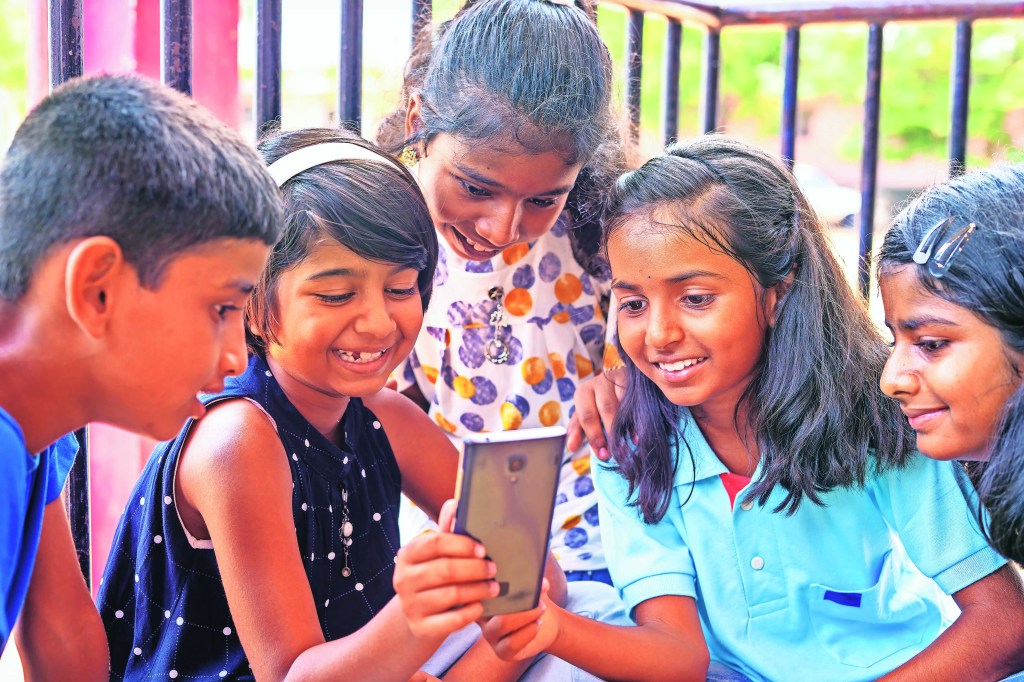By Chandrashekhar Pandey & Ashique Ali
During Covid-19, in a village in Rajasthan, eight-year-old Anjali sat in her dimly-lit home, struggling to recall the alphabet and numbers. Her father, a labourer, could not afford a smartphone for online classes. School gates remained shut, and Anjali’s reading and arithmetic skills faded. When schools reopened, she found herself unable to keep up.
Anjali’s struggle mirrors the fate of millions of children who faced severe learning setbacks due to school closures. But the latest Annual Status of Education Report (ASER) 2024 paints a picture of resilience and gradual recovery in India’s education system.
A crisis unfoldedSchool closures during the pandemic had a humongous impact on children’s foundational learning, especially where digital access was scarce. By 2022, the learning deficit was clear. ASER 2022 counted only 16.3% of Std III government school children able to read Std II level text – considerably low compared to pre-pandemic levels (20.9% in 2018). Opposite to reading, numbers too were affected: the basic subtraction skill in young children was on a downward trend. Only 20.2% of Std III students in government schools learned at least subtraction in 2022 versus 20.9% in 2018. Enrolment patterns shifted, with many children dropping out.
Despite these setbacks, ASER 2024 shows encouraging signs of a recovery. Government school students in Std III have seen reading proficiency increase to 23.4% – increase of 7% over the previous two years, the largest in ASER’s existence. Basic arithmetic ability has increased, with 27.6% of Std III students solving subtracting problems, and this is up from 20.2% in 2022. Pre-primary enrolments have increased significantly with 77.4% of 3-year-olds now in some form of early education, up from 75.8% two years ago. These numbers show that although the unfixed problems of the learning crisis are still there, India is in the process of moving in the right direction and getting its last half back.
NEP: A new vision
Designed to overhaul the learning system, the NEP 2020 focuses on early childhood education, competency-based assessments, and a flexible curriculum. Recognising the importance of foundational literacy and numeracy, the government launched the NIPUN Bharat Mission, aiming to ensure that every child in India attains basic reading and mathematical skills by the end of Grade III.
The Vidya Pravesh programme is a three-month play-based school preparation module for Grade I students, and perhaps the most promising initiative under the NEP 2020. The intent is to ensure that all children are exposed to a welcoming environment when they enter Grade I. Digital learning has also become a centre of focus, with DIKSHA (national e-learning platform) and NISHTHA 3.0 (teacher empowerment), and the National Curriculum Framework for the Foundational Stage (NCF-FS).
G20 push for education
India’s leadership during its G20 presidency in 2023 marked a pivotal moment for the country’s education agenda. Themes such as Foundation Literacy and Numeracy (FLN), the role of digital technology in education, strengthening research collaborations, and preparing for the future of work were prioritised, reaffirming India’s commitment to building a resilient, equitable, inclusive, and sustainable education system. The focus on FLN played a significant role in addressing the learning crisis, particularly in rural and underserved areas.
Union Budget FY26
This year’s Union Budget underscores the government’s commitment to strengthening India’s education sector, with the highest-ever allocation of Rs 78,572 crore for school education. The Samagra Shiksha scheme, aimed at improving holistic education, has received a significant boost in funding. The PM Schools for Rising India (PM SHRI) initiative, focused on upgrading schools, saw its allocation jump from Rs 4,500 crore in the previous Budget to Rs 7,500 crore this year. Such enhanced thrusts into funding display the policy’s concern for foundational learning, digital education, and infrastructure in the long-term transformation of education.
The road ahead
While progress in learning recovery is commendable, sustaining this momentum is a challenge. The widening urban-rural divide in digital literacy is a concern. Teacher training programmes require continuous reinforcement to keep pace with evolving learning methodologies. Also, addressing gender disparities in education, especially in higher classes, is crucial to achieving universal literacy.
Engagement of parents reinforces the learning process at home. More learning environments can be accelerated by mobilising the community via school readiness programmes and parental education campaigns. Granting access to quality education for every child, irrespective of socio-economic background, India can harness its demographic dividend and build a stronger, more knowledgeable workforce.
A new dawn
Anjali’s story is no longer just one of struggle, but of hope. With the combined efforts of educators, policymakers, and communities, children are rediscovering the joy of learning. The post-pandemic education crisis was unprecedented, but also a moment of transformation. With robust policy interventions, financial commitment, and technological innovations, India is poised to turn the tide on learning loss and build an inclusive, equitable education system. The journey ahead may be long, but the foundation for a brighter future has been laid.
Chandrashekhar Pandey is programme director and Ashique Ali is senior specialist, Education, ChildFund India


